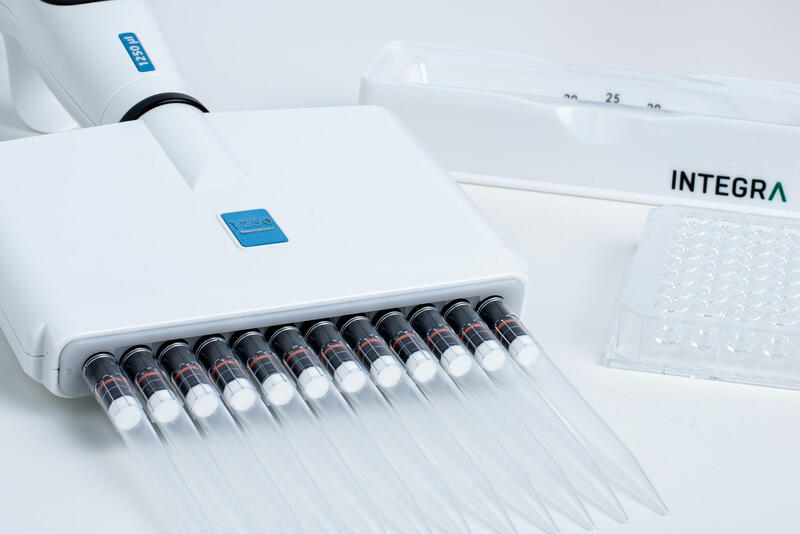How to pipette viscous and volatile liquids
Some general recommendations are valid for all pipetting tasks:
- Keep the micropipette as upright as possible for every pipetting step.
- Do not immerse the pipette tip too far into the sample reservoir, to reduce the risk of sample carry-over.
- Adjust the pipetting speed to suit the liquid.
If you require more detail about best pipetting practices, a general overview is provided here.
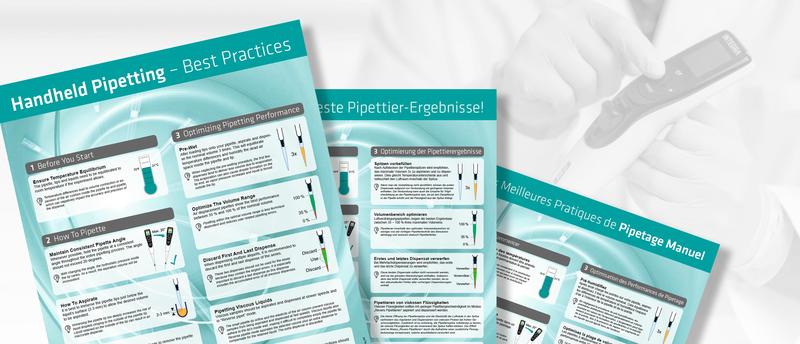
Pipetting common non-aqueous liquids
So, what can be done? In cases where only one type of non-aqueous solution is pipetted, it is possible to calibrate the pipette to this liquid to improve results. However, the experience and technique of the user – including their subjective impression of manual pipetting speeds – can significantly influence pipetting of these liquids, and is often an underestimated factor.
Here at INTEGRA, the most common non-aqueous solutions have been tested with our pipettes. Below you’ll find an explanation of the challenges of liquid, best practice recommendations for how to handle them, and optimal settings for our electronic pipettes. Using these recommendations should allow you to set up your micropipette faster, getting the best results with less testing (although further optimization may be required for specific workflows).
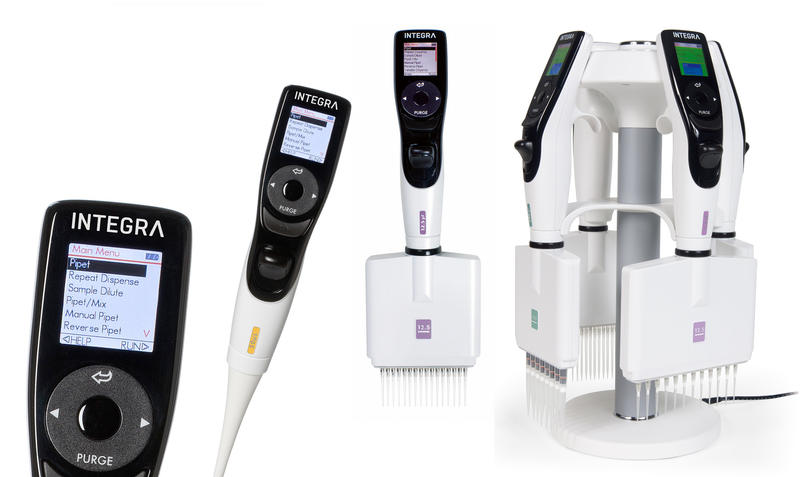
How to pipette viscous liquids
DMSO
Dimethyl sulfoxide (DMSO) is commonly used as cryoprotectant in cell culture, or to prevent the formation of secondary structures in DNA templates or primers during PCR. The following recommendations can improve the pipetting accuracy for viscous DMSO using VIAFLO pipettes:
- Use low retention tips – as viscous liquids attach to the wall of the tip, making it difficult to expel the full volume of liquid
- Use reverse pipetting – as viscous liquids can make it difficult to completely empty the tip. Aspirate more liquid than you need, dispense the desired amount, and discard the rest.
- Keep the tip in the solution for longer – wait 2-3 seconds after aspiration and dispensing, as the small pipette tip orifice and elasticity of the air column may prevent viscous samples from being pipetted completely otherwise
- Adjust the speed – use a pipetting speed of ~450 µl/sec (Speed 6 on 50-1250 μl VIAFLO electronic pipettes) or less for higher DMSO concentrations. Higher pipetting speeds may be used for lower DMSO concentrations
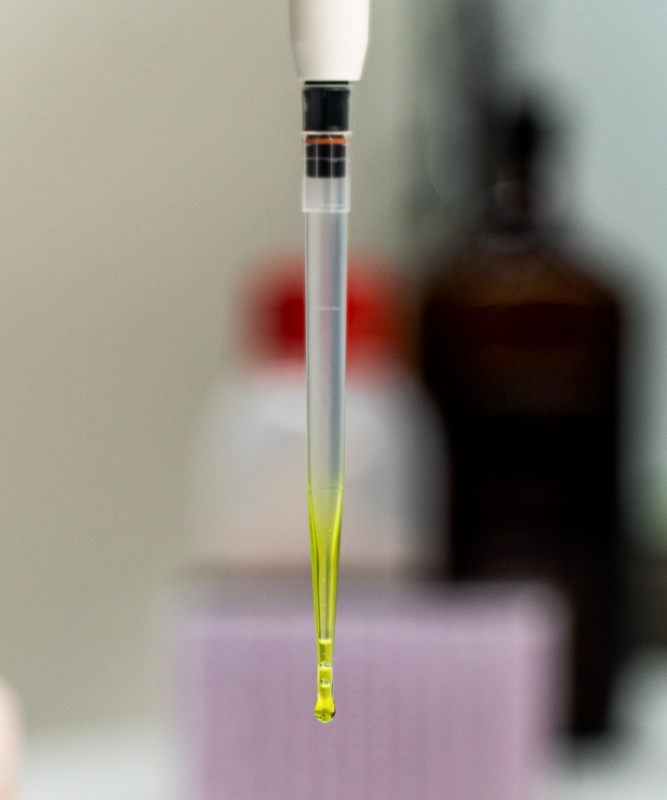
Glycerol
Glycerol is commonly used as cryoprotectant in cell culture, or as a carbon source in microbial fed-batch fermentations. The following recommendations can improve the pipetting experience for viscous glycerol with the VIAFLO pipettes:
- Use wide bore tips – especially for 80 % glycerol, as these will enable the liquid to enter the tip more easily
- Use reverse pipetting – as it may be difficult to completely empty the tip with normal pipetting methods, due to the attachment of the liquid to the tip wall
- Keep the tip in the solution for longer – wait 2-3 seconds after aspiration and dispensing, as the small pipette tip orifice and elasticity of the air column may prevent viscous samples from being pipetted completely otherwise
- Adjust the speed – use a pipetting speed of ~300 µl/sec (Speed 4 on 50-1250 μl VIAFLO electronic pipettes). Low glycerol concentrations are less viscous, and can be pipetted at higher speeds
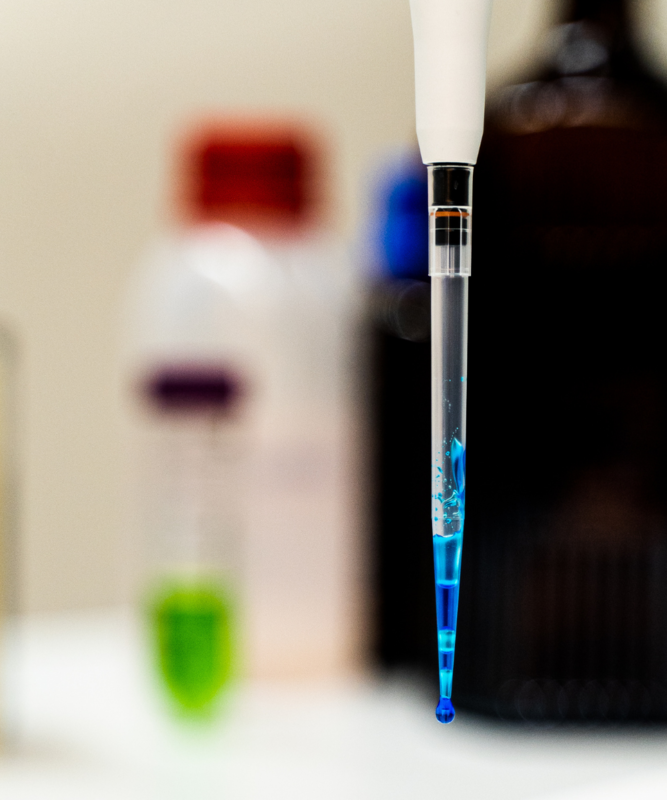
Tween 20
Tween 20 is a common washing agent for immunoassays, as it prevents non-specific antibody binding. The following recommendations can improve pipetting results with viscous and foaming Tween 20 using the VIAFLO pipettes:
- Use wide bore tips – as these will enable the liquid to enter the tip more easily
- Use reverse pipetting – to reduce the risk of dispensing air during blow out into the sample, which may lead to further foaming
- Adjust the speed – use a pipetting speed of ~100 µl /sec (Speed 2 on 50-1250 μl VIAFLO electronic pipettes)
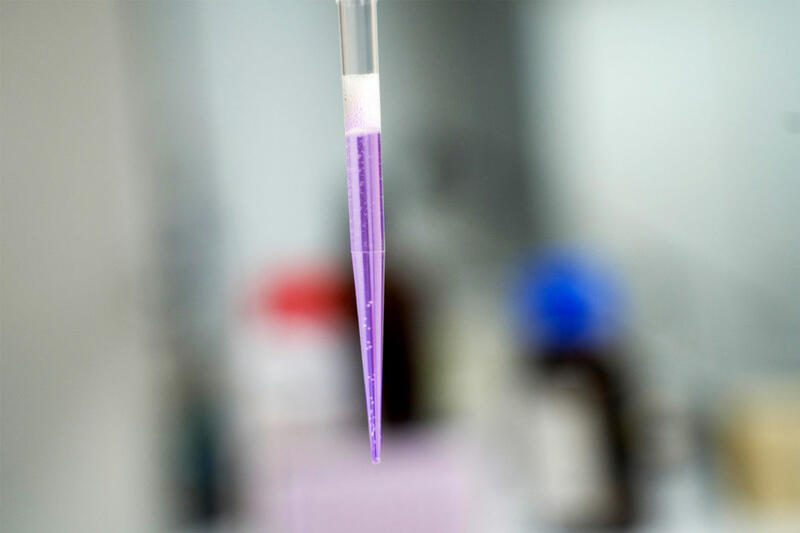
How to pipette volatile liquids
Ethanol
Ethanol is used for a broad spectrum of applications, including for immobilization of microbes, as a carbon source, and as a disinfectant, solvent or precipitant for DNA and RNA. The following recommendations can improve the pipetting accuracy of volatile ethanol using the VIAFLO pipettes:
- Pre-wet the tips with ethanol – by performing 2-3 aspirations/dispenses of the full volume of the pipette. This ensures that the environment inside the pipette tip is saturated with ethanol vapor, reducing evaporation of the target liquid. For VIAFLO pipettes, the ‘Pipet/Mix’ mode is ideal for this, and you can set it as the first pipetting step for your custom programs.
- Use reverse pipetting – to further reduce the effects of evaporation, as any loss will be in the discarded post-dispense, not the volume dispensed
- Adjust the speed – Use a pipetting speed of ~1100 µl/sec (Speed 10 on 50-1250 μl VIAFLO electronic pipettes) for aspiration and a pipetting speed of ~343 µl/sec (Speed 5 on 50-1250 μl VIAFLO electronic pipettes) to dispense. This speed allows the ethanol film attached to the inside of the tip to run down and catch up with the dispense. Lower ethanol concentrations are less volatile and can be pipetted at lower speeds
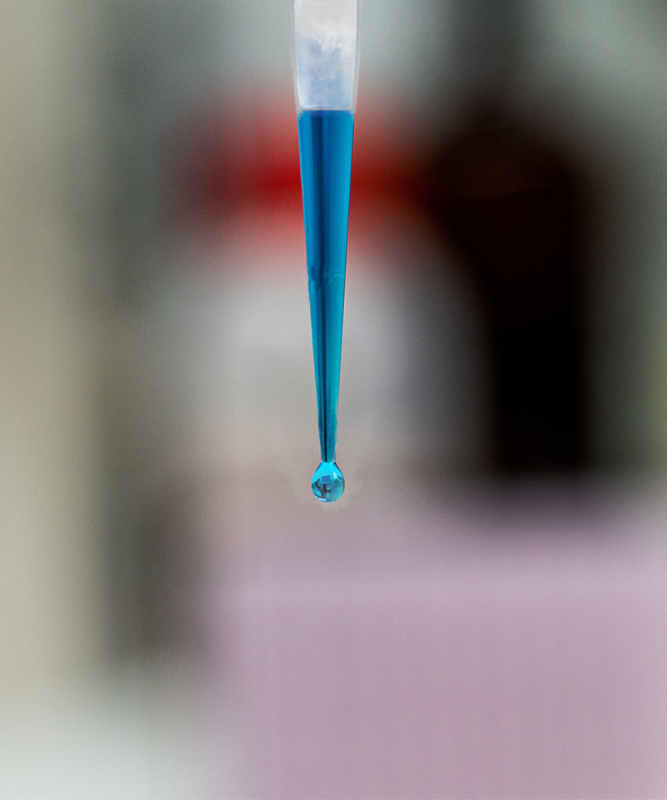
Conclusions
Viscous and volatile liquids can be problematic to pipette. Knowledge about the sample enable pipette settings to be optimized to suit the needs of each liquid, ensuring the highest accuracy and reproducibility of results. These four examples are designed to give you an idea of the best settings to use for a range of non-aqueous solutions, and can be applied and adjusted to other liquids with similar properties or pipettes with different volume ranges.
Further reading:
